
Small green spaces in Nihonbashi include the Kabuto shrine and anonymous wall gardens.
日本橋の小さな緑。兜神社と名前の知らない庭です。とてもいいですよ。
In addition to a few historic corporate and government landscapes, Nihonbashi also has small shrines and anonymous micro-gardens. Canada’s Discovery History program filmed me talking about these locations. By accident, I stumbled upon a small Shinto shrine called Kabuto. It stands between a building covered in scaffolding and multiple elevated freeways just east of Edobashi bridge. It’s also across the street from the Bubble-era Tokyo Stock Exchange. Just behind it is the river.
Kabuto means samurai helmet. The shrine lends its name to the surrounding area. At the entrance are simple wood doors with the kanji for “kabuto” etched. The shrine seems very well maintained, and I wonder if those responsible for the shrine are the current business neighbors or descendants of generations of shrine keepers. I wonder, too, if the shrine used to be larger and better connected to the river. Now it seems almost swallowed up by the man-made environment on three side and from above.


It’s interesting that while the Tokyo Station area is full of new towers and multinational corporations, there are also still some small alleys and low buildings that provide a glimpse of the past. I found this curious sidewalk garden outside a five-story building that houses a reflexology clinic, a ramen shop, accountants, and probably a residence on top.

Here’s the list of tenants and the old entrance door. The garden is simple, well-cared for, and a cheerful sight in a densely packed area.


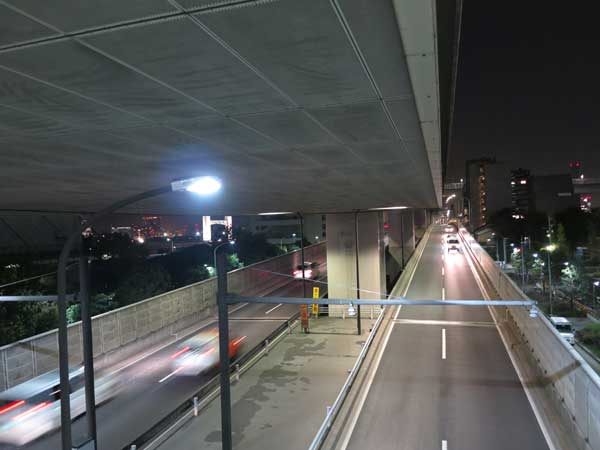

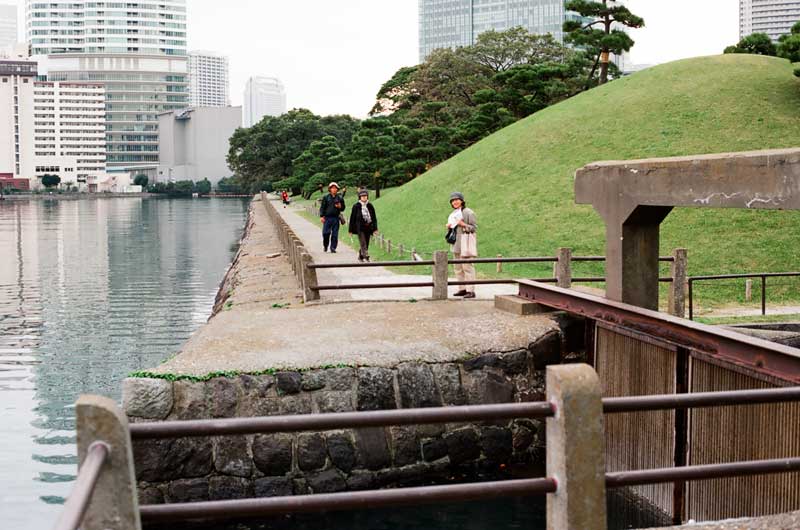


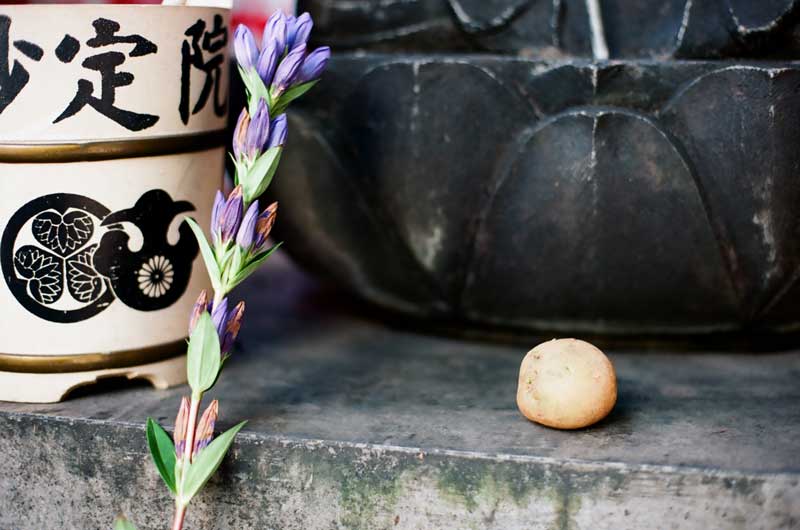

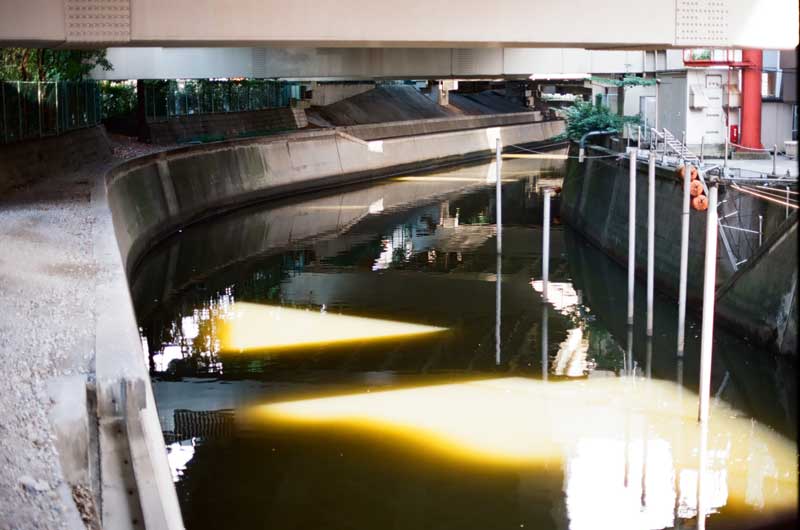




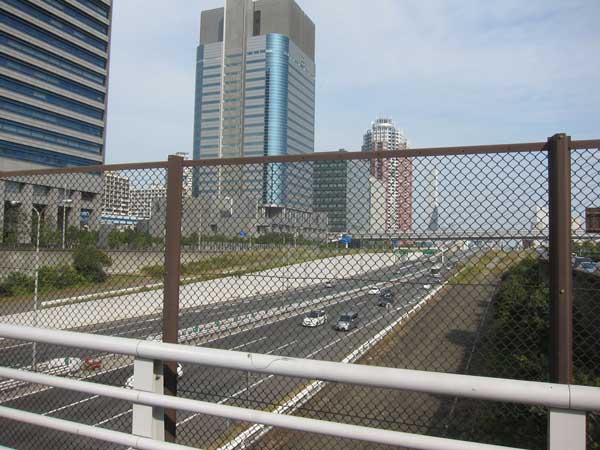
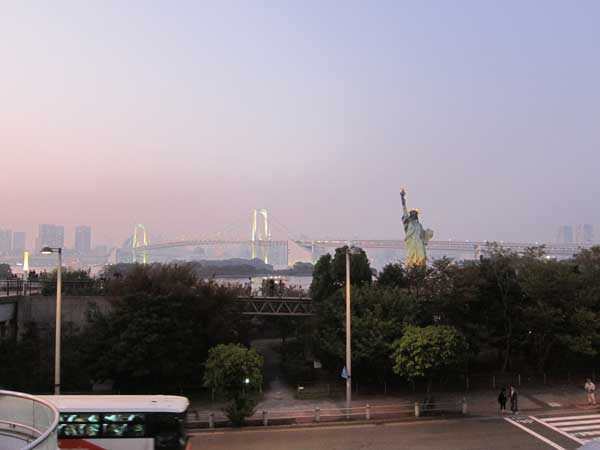

 東京の中には、たくさんのあまりきれいでないものがあります。とても高い電線は江戸時代の五日市街道の上を渡ります。ごみ焼却炉の煙突や高架道路やマンションの終わらない蛍光灯の列も都市生活に奇妙なリズムをつくります。このとても高い電線の下に柿の実が見えます。
東京の中には、たくさんのあまりきれいでないものがあります。とても高い電線は江戸時代の五日市街道の上を渡ります。ごみ焼却炉の煙突や高架道路やマンションの終わらない蛍光灯の列も都市生活に奇妙なリズムをつくります。このとても高い電線の下に柿の実が見えます。






